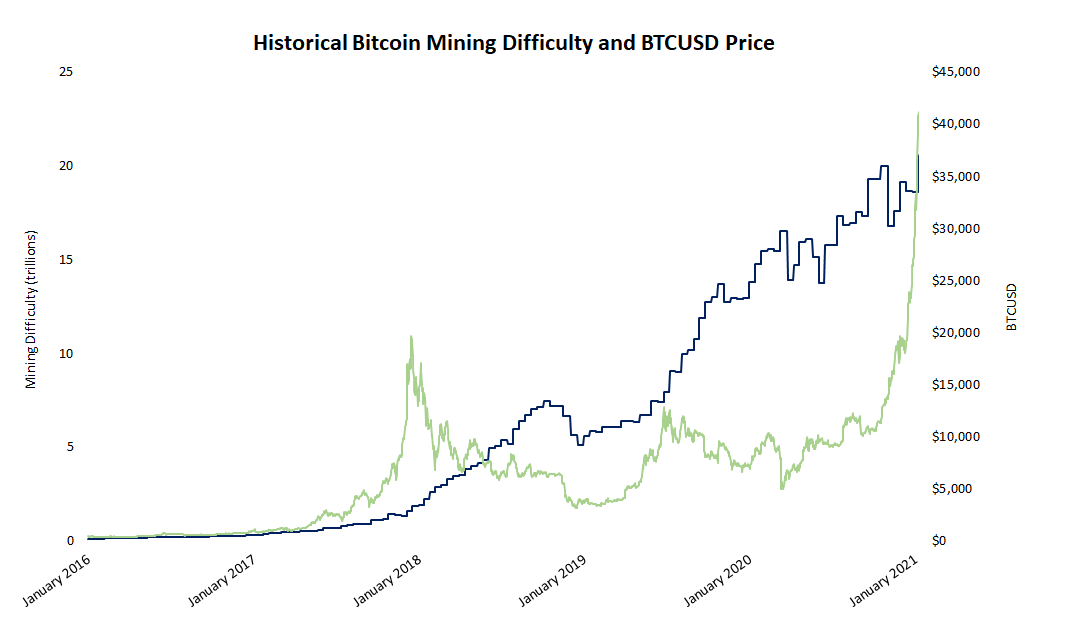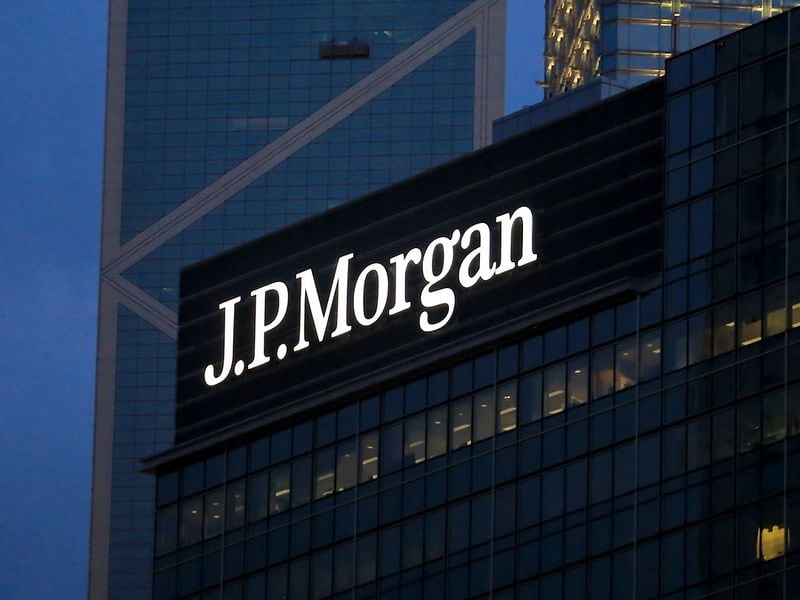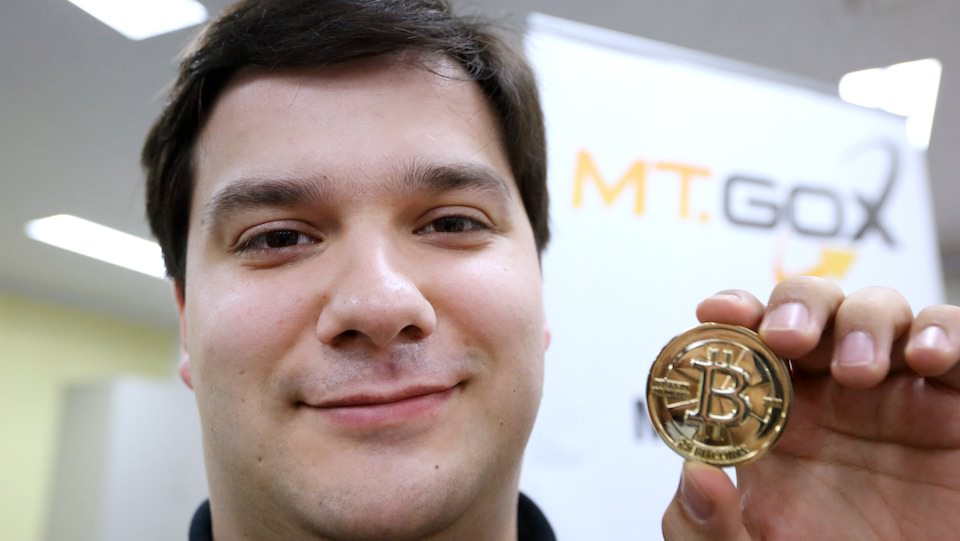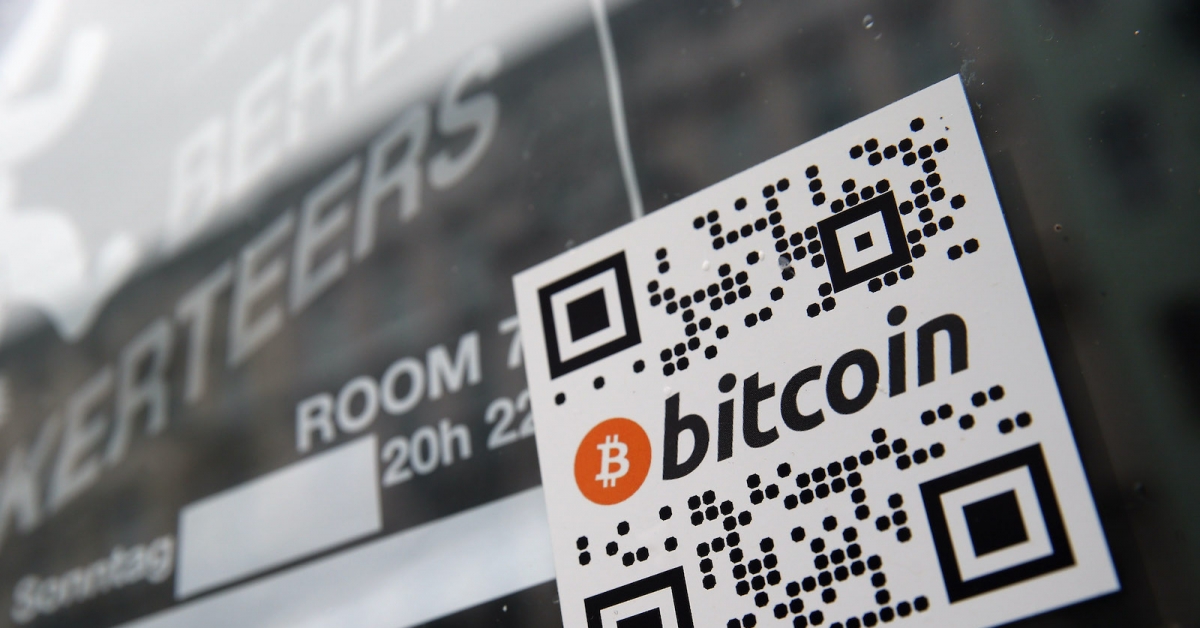Swiss Stock Exchange SIX Lines up Buyers for ‘Initial Digital Offering’

The Takeaway:
- Swiss Digital Exchange (SDX), a unit of stock exchange operator SIX Group, has organized a global consortium of financial institutions to back its “initial digital offering” (IDO).
- The token sale is scheduled to happen by the middle of next year. The targeted proceeds are not yet public.
- SDX has modified its business plan. Initially, it intended to tokenize traditional banking assets first and exotic assets like real estate and art further down the line. Now, it expects to do the reverse.
- SDX’s focus has switched to post-trade processing and custody, which, along with connecting to the Swiss interbank clearing system, are some of the main pain points causing delays.
Swiss Digital Exchange (SDX), the blockchain-based utility owned by Swiss stock exchange company SIX Group, has organized a global consortium of financial institutions to back its “initial digital offering” (IDO).
Now slated for the middle of next year, the IDO would be like a traditional IPO, except that the shares are to take the form of security tokens issued on SDX’s platform.
Thomas Kindler, who recently took over as head of SDX, used the term “consortium” to describe the cohort of investors, which includes banks, buy-side firms and market infrastructure providers because the goal is to legitimize the technology as well as raise capital.
Kindler told CoinDesk:
“We are not just looking to Abu Dhabi sovereign wealth fund to give us money. We are looking at our clients to invest, but at the same time commit business and help us validate what we built and get it off the ground. The key focus is not money; it’s money linked to business and validation of the business model.”
Kindler would not name any of the consortium members. Nor would he give any indication of how much money SDX was looking to raise. SIX would keep the majority of equity in SDX, he said.
“There is clearly interest in the market,” said Kindler. “What we foresee are two levels. On one large level … we are looking at, say, four or five-ish large investors. Then potentially ten-ish smaller investors.”
SDX is wholly owned by SIX Group, an unlisted public limited company based in Zurich. SIX Group is itself owned by around 120 domestic and international financial institutions, which are also the main users of its services.
By debuting its own SDX security token, the blockchain-based exchange will be eating its own dog food, to use a well-worn expression.
“We want to set a standard so we would go live on our own exchange obviously, and that would be a native asset token,” said Kindler.
Tokenizing equity in the form of unlisted shares in a fully regulated environment is complex, a fact attested to by firms such as Nivaura, which has been working on this in the U.K. Financial Conduct Authority’s sandbox with the help of the London Stock Exchange Group.
The SDX digital equity token will be issued on a blockchain built using the enterprise version of R3’s Corda technology. Asked about secondary markets or how the tokens might connect to other consortium members, Kindler said he was limited in what can be divulged at this time.
“We are looking at a two-phased approach,” he said. “As a first step, we are looking at an international consortium of investors. The second step would be our own issuance.”
Delays
At the Sibos 2019 conference in London last week, SDX issued a press release about a prototype version of SDX, conceding that the full launch of the system, originally slated for summer 2019, had been pushed back until the end of 2020.
Before addressing particular reasons for this, Kindler gave a sweeping account of the difficulties being faced.
He told CoinDesk that “SDX is really end-to-end,” a property often touted by other blockchain solutions, but which in fact only comprise elements, such as a trading venue or custody of keys.
“We are building a regulated CSD [central securities depository] for digital assets – and that is different from the ability for a bank to hold digital assets on behalf of a client,” Kindler said.
SDX finds itself in a “bizarre situation,” he said, since on the one hand, “we face high pressure in terms of time to market from the competition and stakeholders, but at the same time, there is no market. We are developing the market as we go.”
He also hinted that the banks which are SDX’s future clients may not be entirely comfortable with the brave new world of tokenized everything, saying:
“Just positioning the core infrastructure is challenging because it’s cannibalizing existing business and it’s a long shot from a bank perspective.”
Previously, SDX said the plan was to start by tokenizing things like unlisted shares followed by traditional assets such as bonds; further down the line more exotic assets like real estate and fine art could also be tokenized.
However, the plan now is to focus on those non-traditional tokenized assets first. Regarding the original plan to first tokenize traditional banking assets, Kindler said:
“That’s what we thought from six to nine months ago. But that has really changed. And whether the traditional blue-chip equities business is moving into a digital world, I think that’s still to be seen. Clearly we foresee that happening in the long run, but the banks are also looking at complementary solutions; not cannibalizing their existing business but creating new revenue opportunities.”
Custody battle
In a frank admission, Kindler said much of the major pain points which were causing delays were on the post-trade side, specifically areas like custody of assets and creating the blockchain-based CSD.
“So we have shifted our focus to post-trade; listing and trading have moved a bit more into the background for the time being. All this is evolving and we just need a bit more time,” he said.
SDX is customizing R3’s Corda to create its custody solution, rather than bringing in third-party custody providers to help build that part.
Kindler said critical elements include “customization, as in full asset lifecycle, but also integration into our existing connectivity.”
He added that there should be one connectivity for the client.
“Whether they connect to the traditional world or digital world, shouldn’t matter,” he said.
Central bank money
Another piece of the puzzle is connectivity to the Swiss real-time gross settlement (RTGS) system and central bank money via the Swiss National Bank (SNB).
This piece, which is still to be added, goes above and beyond the scope of traditional custody solutions where you deal with commercial bank money, noted Kindler.
Digital fiat coming on-chain allows for instant exchange of cash and assets and is often seen as the essential fuel for blockchain-based transfer of value, at least within the wholesale banking arena.
Kindler said there are three ways the cash leg of trades might be done on SDX. Firstly, by SDX holding an account with the RTGS system (which parent company SIX happens to operate on behalf of SNB).
“So we have an account there and we can place central bank money, then on the back of that generate fiat tokens – always backed by central bank money. As a CSD we can guarantee we will not generate more cash than we have in the central bank account,” he said.
Another approach would be SDX “interfacing with the existing RTGS system in a way that we don’t need cash tokens in our infrastructure,” said Kindler. “We only have asset tokens, if you will, and we have a real-time interface with the RTGS system and can deal with it that way.”
Lastly, the central bank could issue digital Swiss francs, he said – but “we are are not there yet.”
SIX image via Shutterstock










